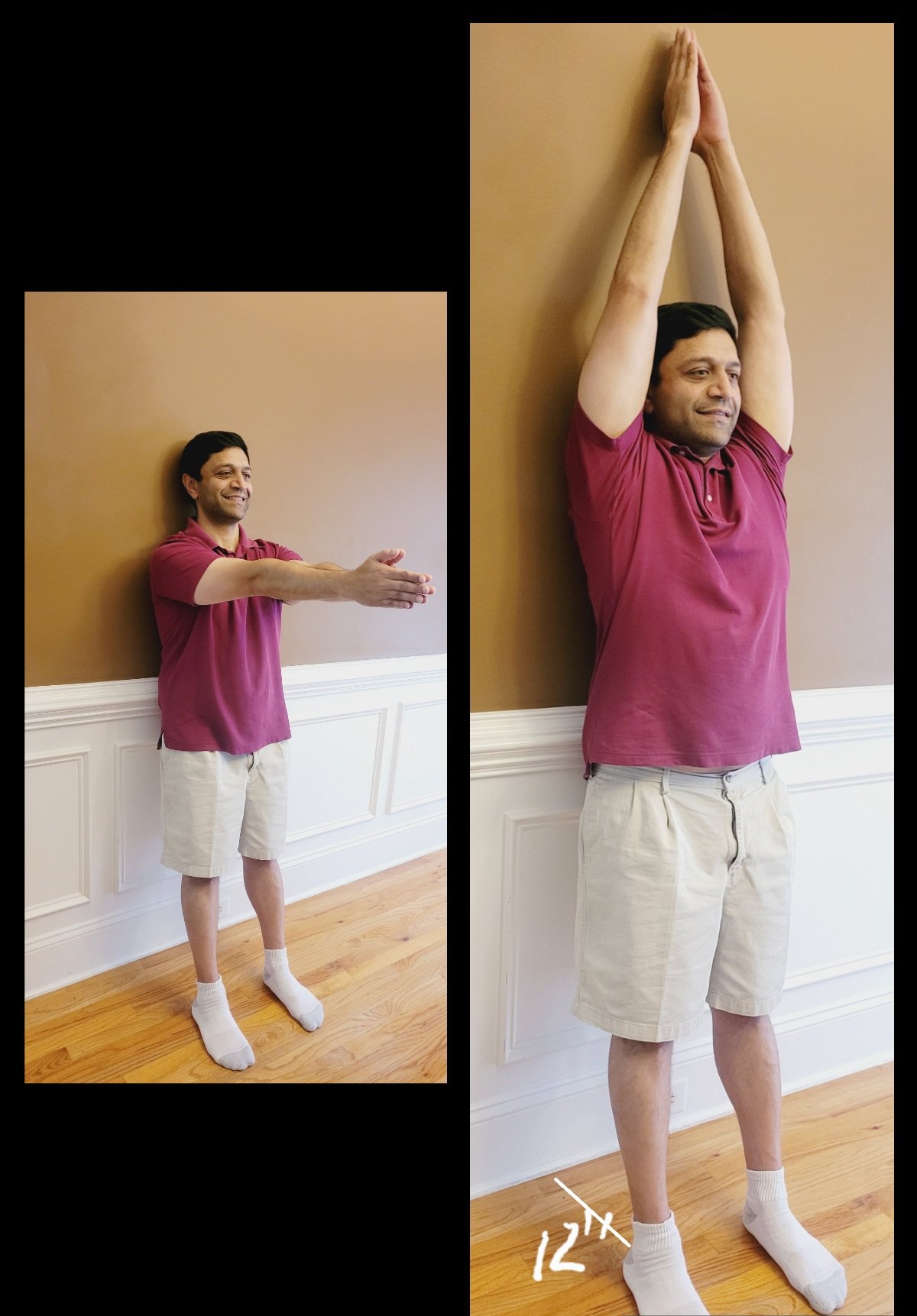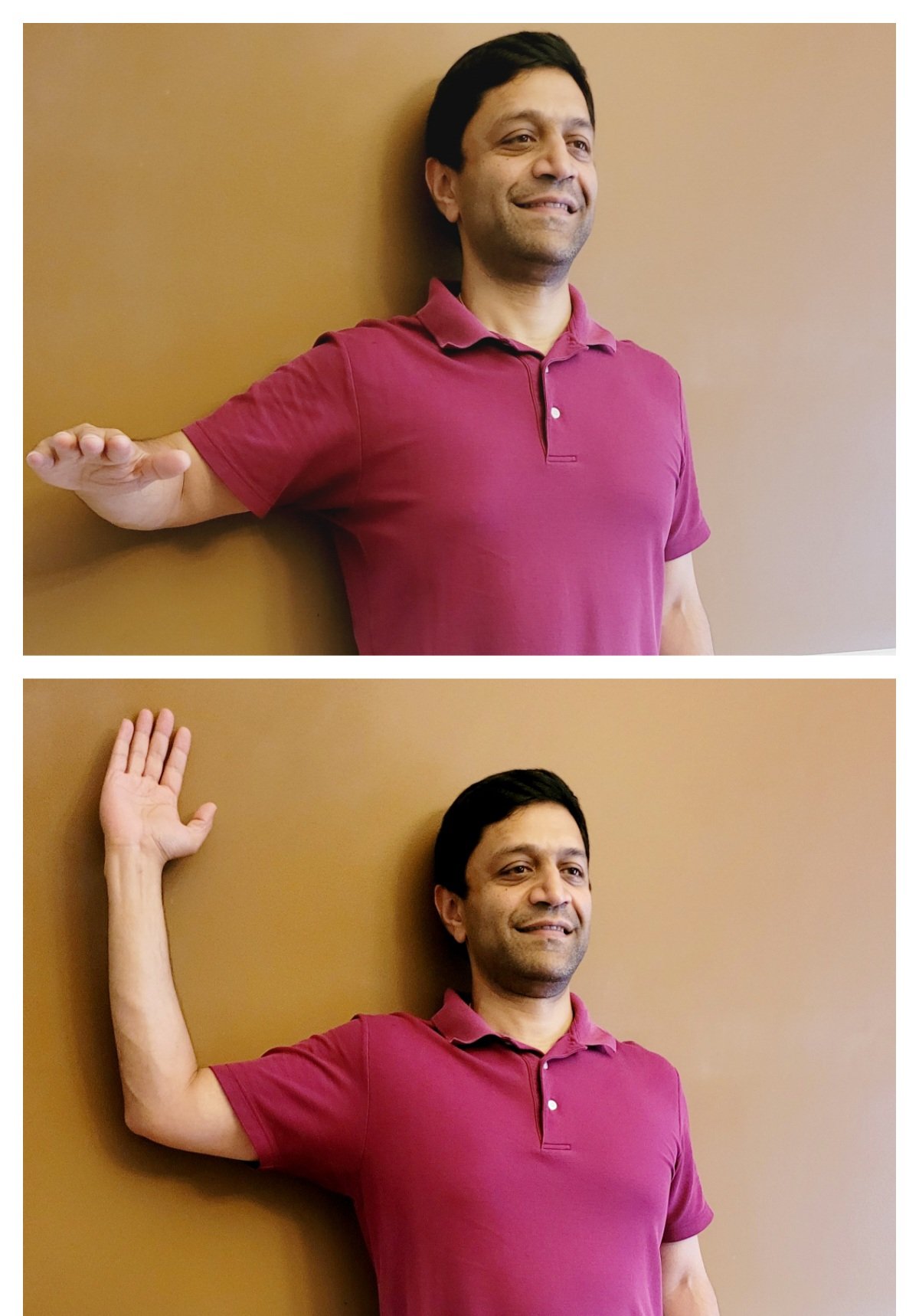What’s Your Golf Mobility Score?
Test your mobility with these exercises.
The term mobility describes how well or quickly your body moves. When we talk about golf mobility, it’s how well your body moves, mainly regarding your swing mechanics.
Your golf swing depends on your mobility, which determines your overall physical abilities, so if you have any mobility dysfunctions, your body will be limited by how much you can move and which muscles are activated. Furthermore, it’s essential to ensure the correct muscles are activated and identify which muscles are under or over-compensating. It’s not uncommon for your primary muscle groups to let your secondary muscles take charge, leading to further mobility dysfunctions and future injuries.
If you suffer from mobility dysfunctions, know that you are not alone. It’s very common for golfers and other athletes to have body mechanic issues. Fortunately, no matter where your score lands, know there are several ways to improve your mobility and your golf game.
Are you ready to test your golf mobility? Let’s get started!
Exercise #1 - Shoulder Flexion at Wall
Setup
Begin standing with your back to a wall, with your feet angled about 12 inches from it. Press your back and head against the wall with a slight bend in your hips and knees so the low back remains flat against the wall.
Movement
Reach one arm overhead, palm facing upward, and keep the elbow straight. Then, rotate the forearm so your palm is facing down and bring your arm back down to your side. At the same time, with the opposite arm reach overhead with palm facing upward.
Score - Was this exercise:
Very Easy - Was able to complete the exercise effortlessly and within range or exceed the range of motion as described.
Easy - Was able to complete the exercise with minimal effort within the range of motion as described.
Hard - Was able to start but unable to complete the exercise as described with much effort and moderate discomfort.
Very hard - Was unable to perform the exercise as described with maximum effort and discomfort
If you had trouble with this exercise, this means you have dysfunction in your upper back. This dysfunction negatively impacts your swing causing it to be narrow and short.
Exercise #2 - Thoracic Mobility
Setup:
Begin standing with your back to a wall, with your feet angled about 12 inches from it. Press your back and head against the wall with a slight bend in your hips and knees so the low back remains flat against the wall.
Movement:
Extend both arms at the same time in front of you at shoulder height, pressing the palms together. Raise both arms over your head, your biceps should be next to your ears. Touch the wall with your two thumbs keeping a neutral spine. Then return your arms to the starting position.
Score - Was this exercise:
Very Easy - Was able to complete the exercise effortlessly and with back flat to the wall at all times.
Easy - Was able to complete the exercise with minimal effort with minimal arch at the back
Hard - Was able to start but unable to complete the exercise as described with back starting to arch immediately. Needed much effort and moderate discomfort.
Very hard - Was unable to perform the exercise as described with maximum effort and discomfort
If you had trouble with this exercise, this means you have dysfunction in your thoracic spine, the mid-portion of your back. This dysfunction causes improper posture and limits your swing rotation.
Shoulder External Rotation at 90 degrees Abduction
Setup:
Begin standing with your back to a wall. Press your back and head against the wall with a slight bend in your hips and knees so the low back remains flat against the wall.
Movement:
Bend one arm 90 degrees and keep the upper portion of the arm against the wall at shoulder height. Raise the lower portion of the arm to a 90-degree angle, touching the wall with the back of your hand. Then continue with the other arm.
Score - Was this exercise:
Very Easy - Was able to complete the exercise effortlessly and within range or exceed the range of motion as described.
Easy - Was able to complete the exercise with minimal effort within the range of motion as described.
Hard - Was able to start but unable to complete the exercise as described with much effort and moderate discomfort.
Very hard - Was unable to perform the exercise as described with maximum effort and discomfort
If this exercise was hard for you, this means you have poor shoulder mobility. With poor shoulder mobility, your swing is less effective meaning when you hit the ball it won’t go long and straight.
Now that you’ve done the exercises, how did you do?
Check your score:
If your score was Very Easy:
You Have Excellent Mobility = Congratulations! You have an excellent mobility score. To help keep your body in tip-top mobility shape and avoid future injuries, PerformanceAbove can assess your mobility and recommend exercises to ensure you keep your body mobility stays for years to come. Schedule a 30-minute consultation today.
If your score was Easy:
You Have Good Mobility = Good job! You have an average mobility score. This means you have the ability to improve your score. There may be improper mechanics at play, which may affect your mobility score in the future. Additionally, this means your golf performance has the ability to improve too. Schedule a 30-minute consultation with PerformanceAbove and Hetal will examine your mobility and provide you with a customized solution.
If your score was Hard or Very Hard:
You Have Poor Mobility = Let's do better! Your mobility score shows you suffer from mobility dysfunction which is greatly affecting how your body moves, which will translate onto the course. With the right exercises, your body can improve mobility and you'll feel and play much better. Schedule a 30-minute consultation with PerformanceAbove for a customized solution for you.
By performing any exercise, stretch or other physical activity based on the Company website, You represent and agree that (i) You are physically capable of participating in a strength and flexibility training exercise program and using the equipment associated with such training and (ii) You have either (a) had a physical examination and been given a physician’s permission to participate in this training program, or (b) decided to participate in this training program without the approval of a physician solely at Your own risk.




